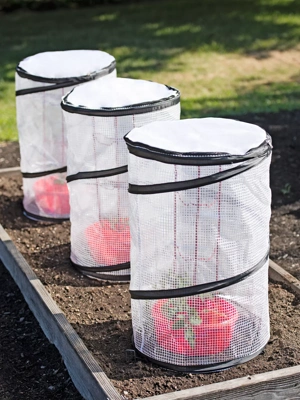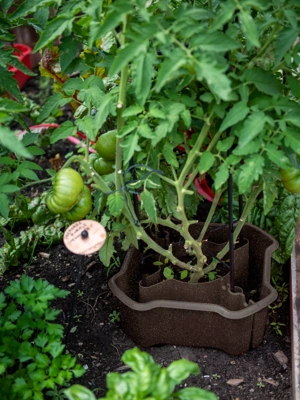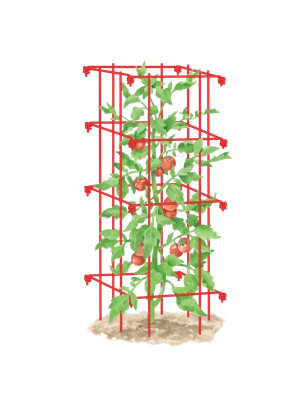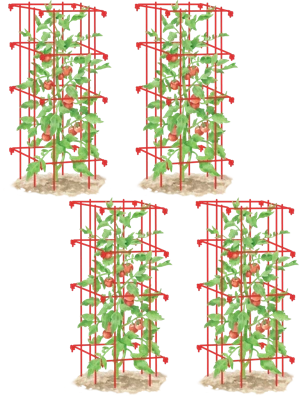Cutworm

Cutworms can be most damaging in vegetable gardens in the spring, when they cut off seedling plant stems just above ground level. Plants in the broccoli family are particularly susceptible, but cutworms will also mow down young peppers, tomatoes, beans, sunflowers and peas.
There are at least three types of caterpillars known as cutworms, and the different types have divergent feeding strategies. Apart from the ground-level feeders, there are cutworms that feed underground on the roots of plants such as carrots. There are also climbing cutworms that feed on leaves, buds, and fruit.
Cutworm caterpillars hide during the day, curled up in a C shape, usually about an inch below the soil surface. The caterpillars pupate in summer and emerge as night-flying moths, which lay eggs for the next generation. Cutworm eggs and larvae overwinter in weedy areas right in garden soil. In warm zones, there may be multiple generations each year. Found throughout North America.
Prevention and Control
- If you see cutworm damage, come back early the next morning and gently dig around in the soil near the felled plant. The culprit will often be hiding out just below the soil surface within a 1 ft. radius of the felled plant. This makes it relatively easy to find and destroy the pest.
- Encircle young plants with a cutworm collar that extends 2″ below and 2″ above the soil surface. This can be an effective low-tech solution.
- Delay planting transplants in spring until the peak of cutworm activity has passed.
- Like all caterpillars, cutworms are killed by a particular strain of the bacteria Bt (Bacillus thuringiensis). Make a cutworm bait by mixing Bacillus thuringiensis var. kurstaki with moist bran and molasses. Spread the bait over the soil surface in your garden.
- In the fall, turn or till garden soil to help kill overwintering eggs and larvae; remove weeds. Mow lawn in areas near the garden where eggs and larvae may hide. In spring, delay seeding for several weeks until cutworm activity has decreased.
Last updated: 06/14/2023
Print this Article:
Related items
Get the Dirt
Stay up to date on new articles and advice. Please fill out the information below.










